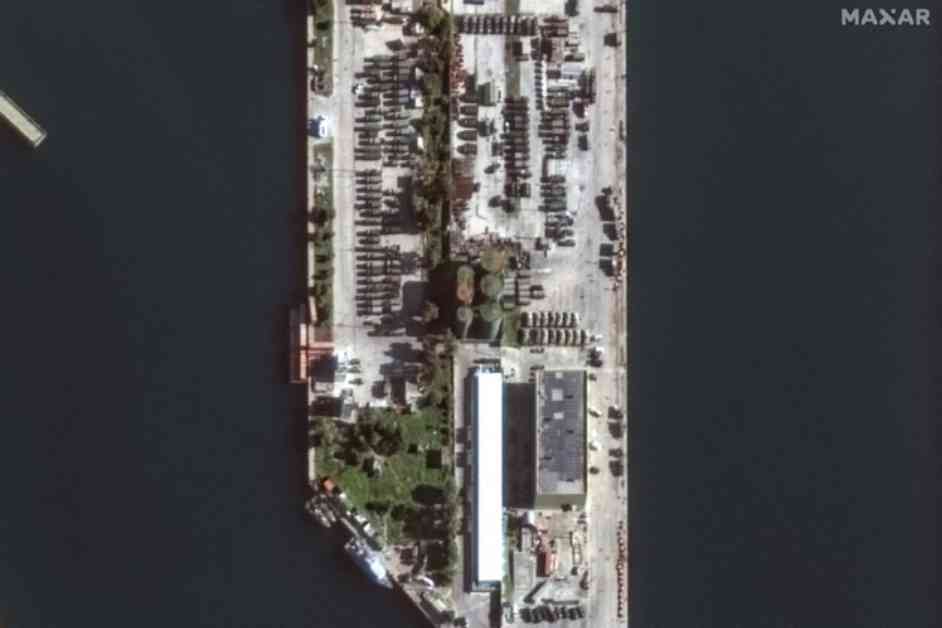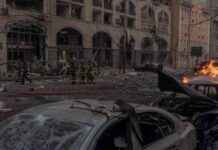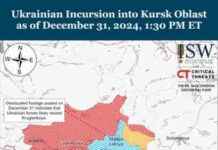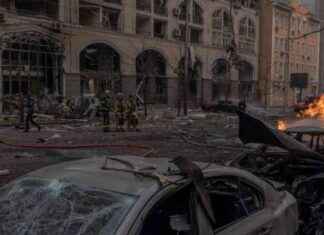Russian Cargo Ship Sets Sail from Tartus Base for Africa Mission
Following the collapse of Syria’s Assad regime in December, Russia has initiated the withdrawal of military equipment and weapons from its Tartus Naval Base. This move comes after weeks of denied entry for two Russian cargo ships, Sparta and Sparta II, which arrived at Tartus on Jan. 22. The new Syrian authorities revoked Moscow’s once-permanent lease of the port on the same day the ships were allowed to dock. The Sparta II, owned by Oboronlogistika under Russia’s Ministry of Defense, has now departed from Tartus with a significant portion of equipment on board.
Departure of Sparta II
Radio Liberty reported that the Sparta II was loaded with cargo and left Tartus on Monday, Jan. 27. Satellite images revealed that the adjacent platform near the Sparta, which was empty on Jan. 18, is now filled with containers. The vessel, according to Ukrainian media outlet Defense Express, is currently south of Cyprus, heading on a course of 269°. However, its final destination remains unknown.
Russia’s Strategic Shift to Africa
As the military equipment from Russian bases in Syria is being evacuated, speculation arises about Russia redeploying its assets to Africa. Recent social media footage showcased Russian military vehicles parading through Bamako, Mali, potentially relocated from Syria. Analysts suggest that Russia may consider establishing a new base in Libya, with possibilities including a return route to the Baltic Sea. However, passing through Turkey’s Bosphorus Straits is deemed highly unlikely due to Turkey’s blockade and Ukrainian naval drones monitoring Russian vessels.
The closure of the Bosphorus Strait to all warships under the Montreux Convention hinders Russia’s ability to transport military assets through this route. Analysts from the Royal United Services Institute in Britain share the view that Russia might be considering Algeria or Libya in North Africa as potential destinations for its redeployed assets. The loss of the Tartus Naval Base is a significant blow to Russia, with no viable alternatives to replace its strategic position in the Mediterranean region.
Despite ongoing negotiations to maintain a presence in Syria, Radio Liberty suggests that Russia is now looking to form agreements with Turkey, a key player in the downfall of the Assad regime. The fall of the Assad regime is expected to diminish Russia’s demonstration of influence in the Mediterranean region to NATO countries over the long term.
In conclusion, the departure of the Sparta II from Tartus marks a significant shift in Russia’s military strategy following the collapse of the Assad regime in Syria. With the evacuation of military equipment and assets from Tartus, Russia is exploring new opportunities in Africa, potentially redeploying its assets to Algeria or Libya. The loss of the Tartus Naval Base poses challenges for Russia’s naval presence in the Mediterranean region, prompting strategic realignments and negotiations with key stakeholders like Turkey. As Russia navigates these shifts, the global geopolitical landscape continues to evolve, shaping the future of military operations and alliances in the region.

















